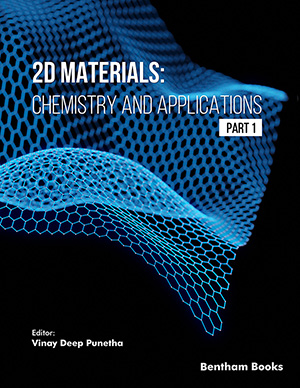Abstract
Material science has gone through several evolutionary stages; especially the
discovery of graphene has added one of the most defining chapters in this journey.
Owing to the enormous potential of this material in various applications, a tremendous
pace can be seen in the development of graphene-derived materials and technologies.
The 2D revolution in material science can be marked by the shift from the bulk form of
materials to their intelligent and efficient two-dimensional (2D) analogs and their use
in developing innovative contrivances. Various forms of 2D graphene have recently
evolved, including mainly monolayer graphene, bilayer graphene, graphene oxide,
graphene nanoribbons, and graphene quantum dots. These materials have shown great
potential to revolutionize various aspects of human life, from electronics and actuation
to healthcare and energy.
Its exceptional properties make it an ideal candidate for various applications.
Continuing explorations and epistemological pieces of evidence will likely reveal even
more prospective applications. The book chapter deals with a concise overview of the
structural aspects of graphene, the presence of defects, methods of synthesis, and
functionalization. The chapter will help develop an essential understanding of the
critical aspects of science and recent developments around it. This chapter aims to
provide a quick and easily understandable summary of various complex aspects of it by
reducing irrelevant or extraneous information.
Keywords: Applications, Armchair, Cove, Defects, Fjord synthesis, Functionalization, Graphene, Gulf, 2D materials.






















